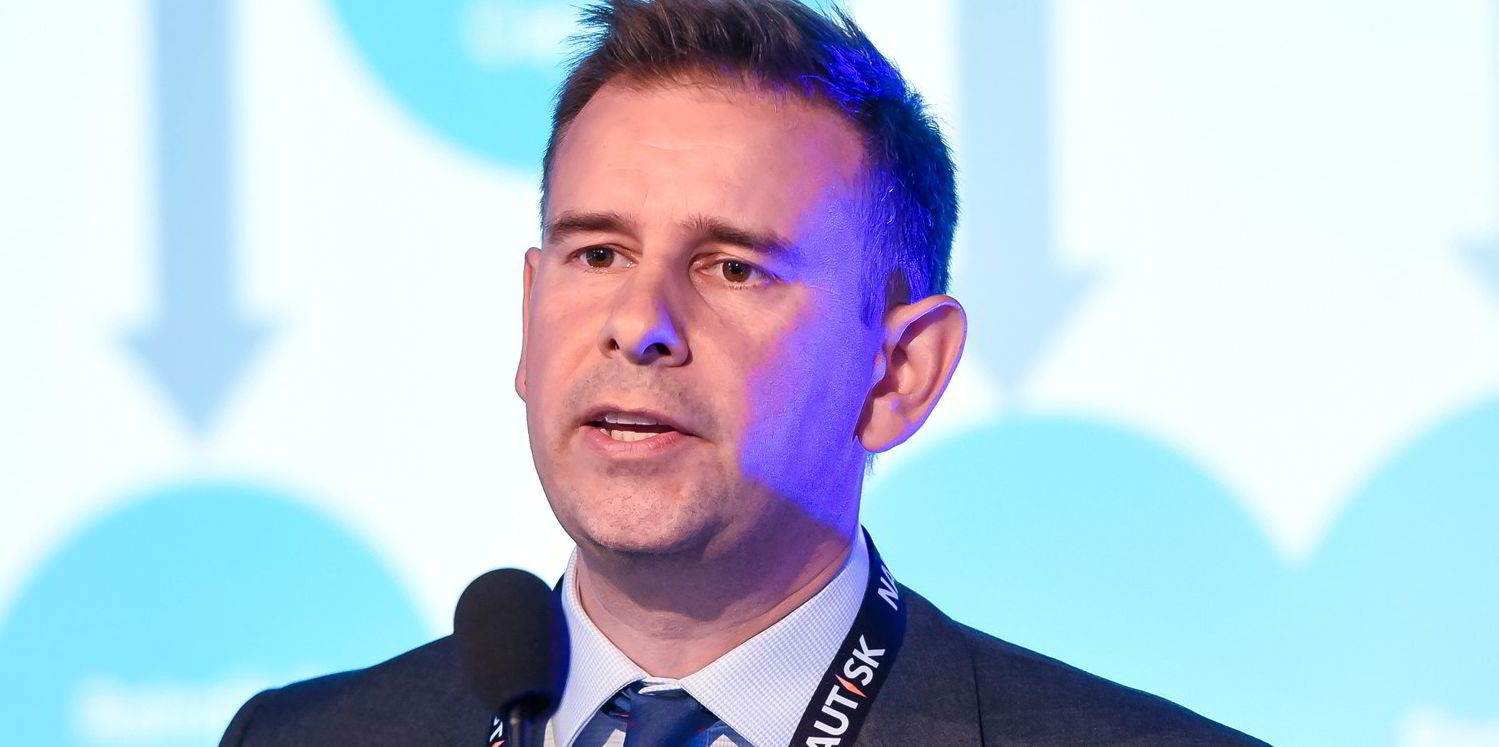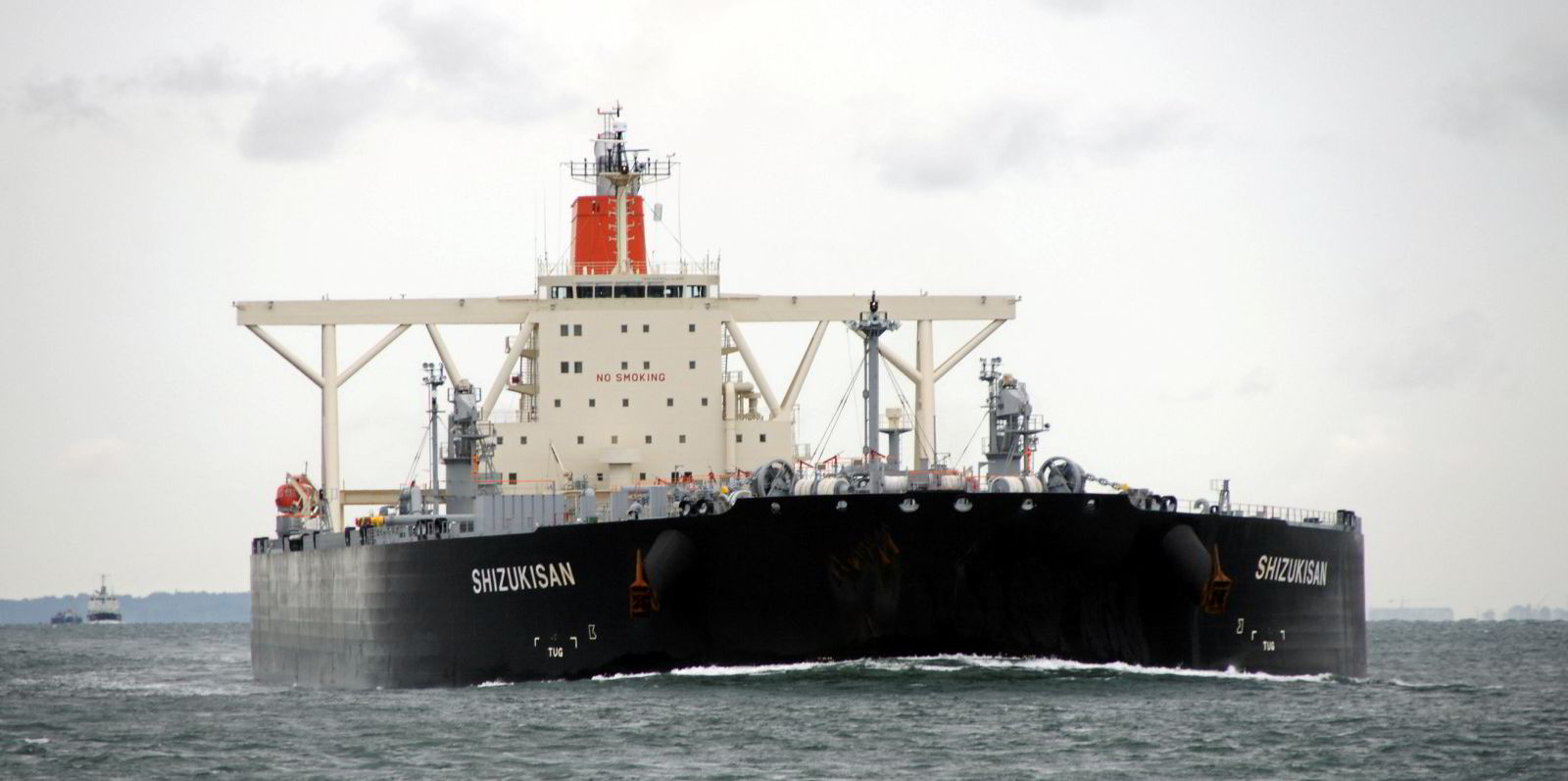Shipping has enjoyed its best-ever year as global turmoil boosted rates for all the main vessel types, according to Clarksons Research.
The research division of UK shipbroker Clarksons said in its annual review that 2022 was “another remarkable year”.
The ClarkSea Index of day rates jumped 30% compared with 2021, to an average of $37,253, and beyond the previous high in 2008.
The index tracks earnings for bulkers, tankers, boxships and gas carriers, representing 80% of all shipping capacity.
Clarksons Research managing director Stephen Gordon highlighted “a maritime sector again managing wide-ranging disruption from global events, including the onset of the Ukraine conflict, continued impacts from the pandemic, a slowing world economy, inflation and divergent trends across the shipping sectors”.
He pointed out that unlike 2008, the fourth quarter was not weak last year.
But he also noted that if extraordinary container ship rates are stripped out, 2022 levels were 25% below those of 2008.
The box sector market began the year at record levels but experienced a sharp correction in the second half as trade volumes and congestion unwound.
Charter rates have lagged freight rate declines, but newbuilding deliveries are now set to pick up, boosting capacity, the company said.
Smaller bulkers remain ‘healthy’
Car carriers were also at record highs, while bulker rates eased back but were more resilient in the smaller sizes, with rate levels “healthy”.
Tankers have, of course, benefited from the redistribution of Russian exports and European imports of oil, and the impact of sanctions.
Midsize crude and product vessels experienced particularly strong gains, with MR rates up 371% from 2021.
“Driven by an energy security focus, LNG day rates reached all-time highs,” Gordon added.
Rigs and offshore support vessels also recovered to post-2014 highs and seem “well set”.
Seaborne trade stalled at 12bn tonnes as economic headwinds built, however.
But oil was up 3.9% from 2021, and gas volumes increased 4.2%,
Box cargoes dropped 2.8% and dry bulk ships carried 2.2% less.
Fleet growth to outstrip cargo increase
Clarksons Research is projecting overall trade growth of only 1.4% in 2023, or 2.6% in tonne-mile terms.
The world fleet grew 3.1% to 2.3bn dwt, with a value of $1.3trn.
But despite “exceptional” cash flow, the orderbook remained flat at 225m dwt and only 10% of the fleet.
Newbuilding prices edged up 5% after big gains in 2021, while sale-and-purchase volumes fell 7%, although tanker deals increased.
Clarksons Research forecasts fleet growth at 2% this year and only 1% in 2024.
Gordon concluded: “Macroeconomic headwinds are a material risk for 2023 and the outlook is sector-specific, but there are also a number of mitigating factors for shipping.”






